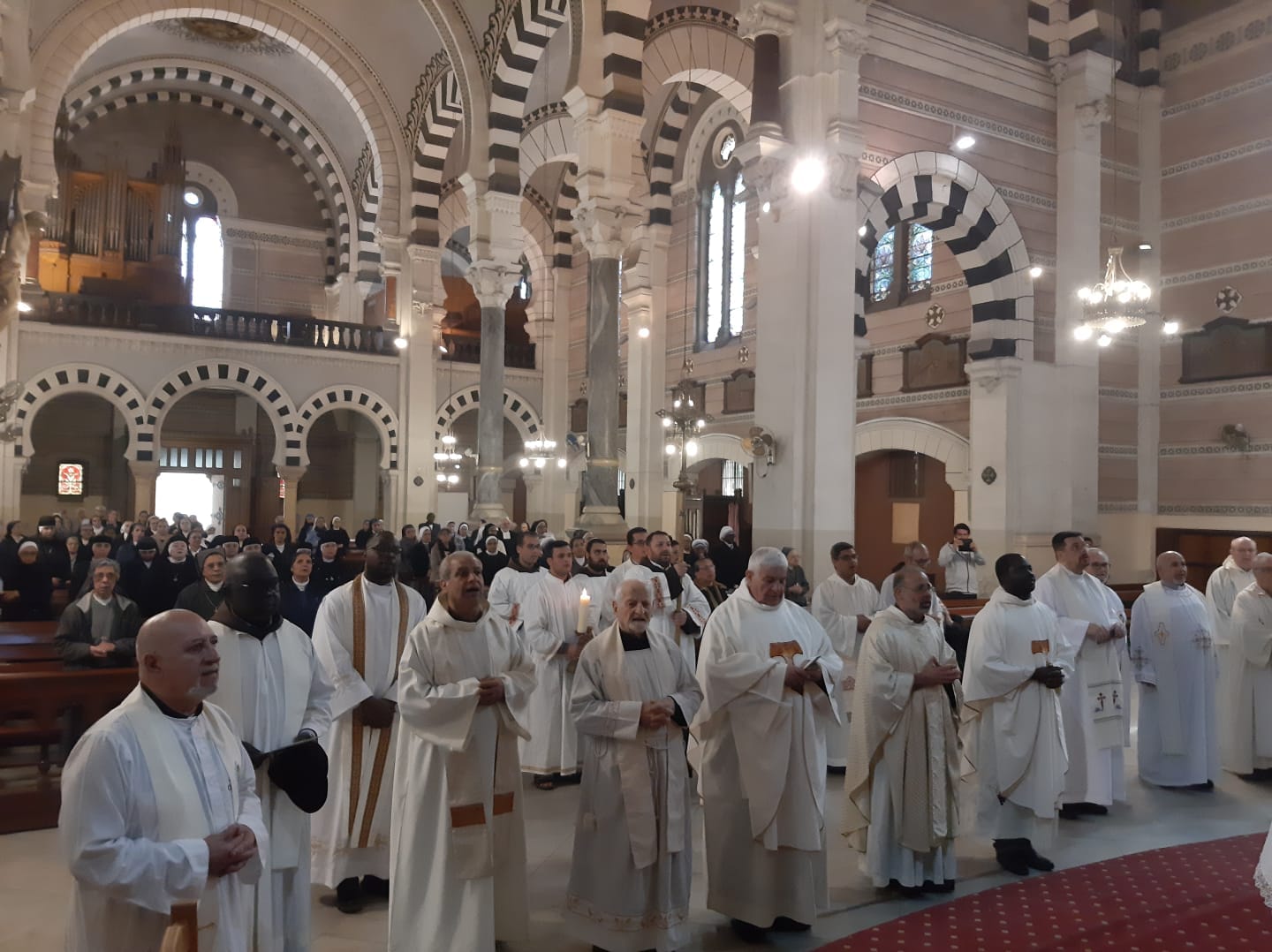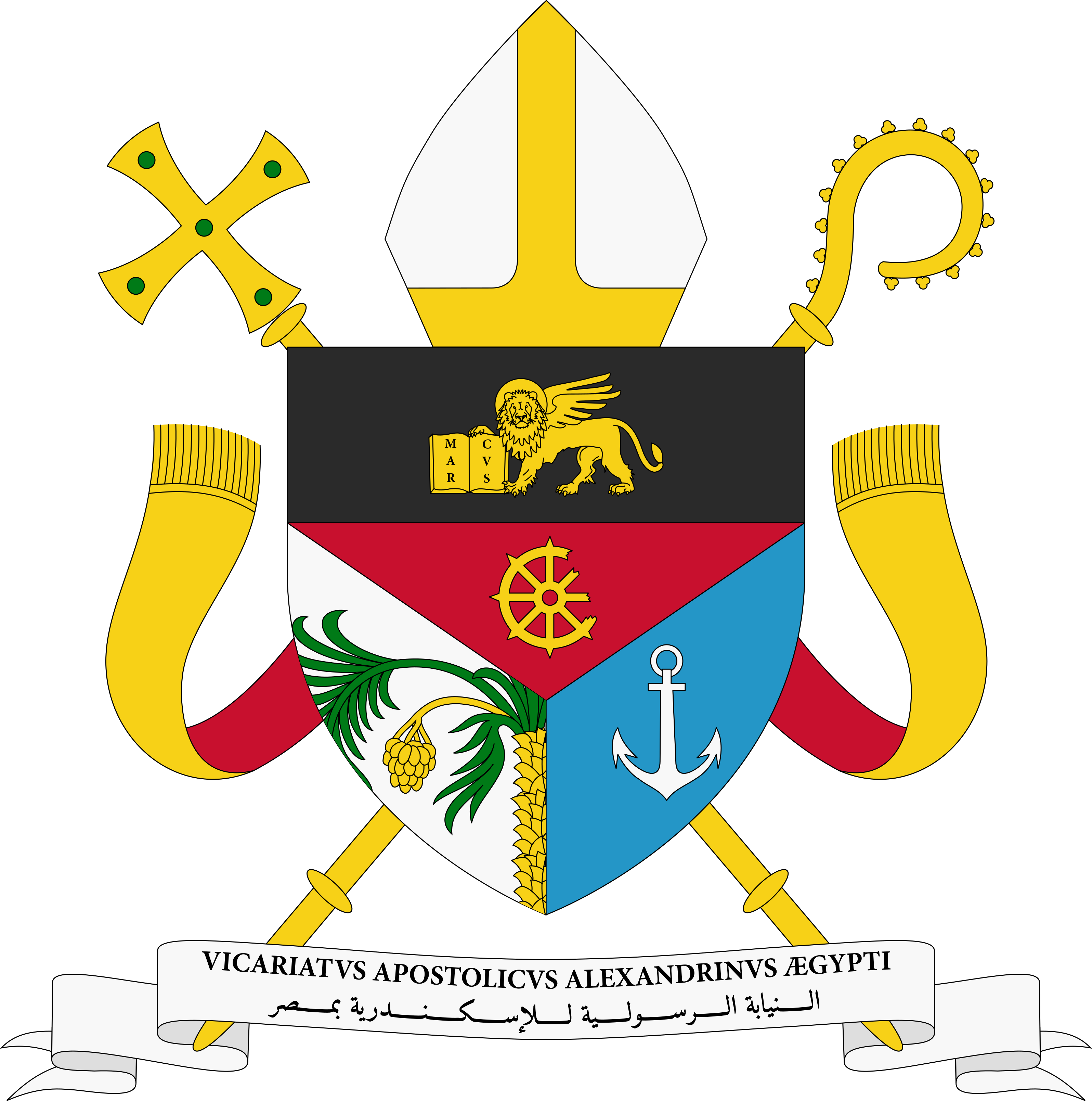Our Story
Witnessing Centuries of Grace and Growth
The Apostolic Vicariate of Alexandria is a Roman Catholic jurisdiction which serves the Latin Catholics in Egypt.
The Catholic Church has a long and storied history in Egypt, dating back to the early days of Christianity. In the first centuries of the Church, Alexandria was a centre of theological study and home to many notable Church Fathers, such as St. Athanasius and St. Cyril of Alexandria.
Today, the Apostolic Vicariate of Alexandria is a vibrant and active community of Roman Catholics who continue to serve the Church and the people of Egypt with faith, love, and dedication. We invite you to explore this page to learn more about the rich history of the Vicariate and its ongoing mission to spread the Good News of Jesus Christ in Egypt.
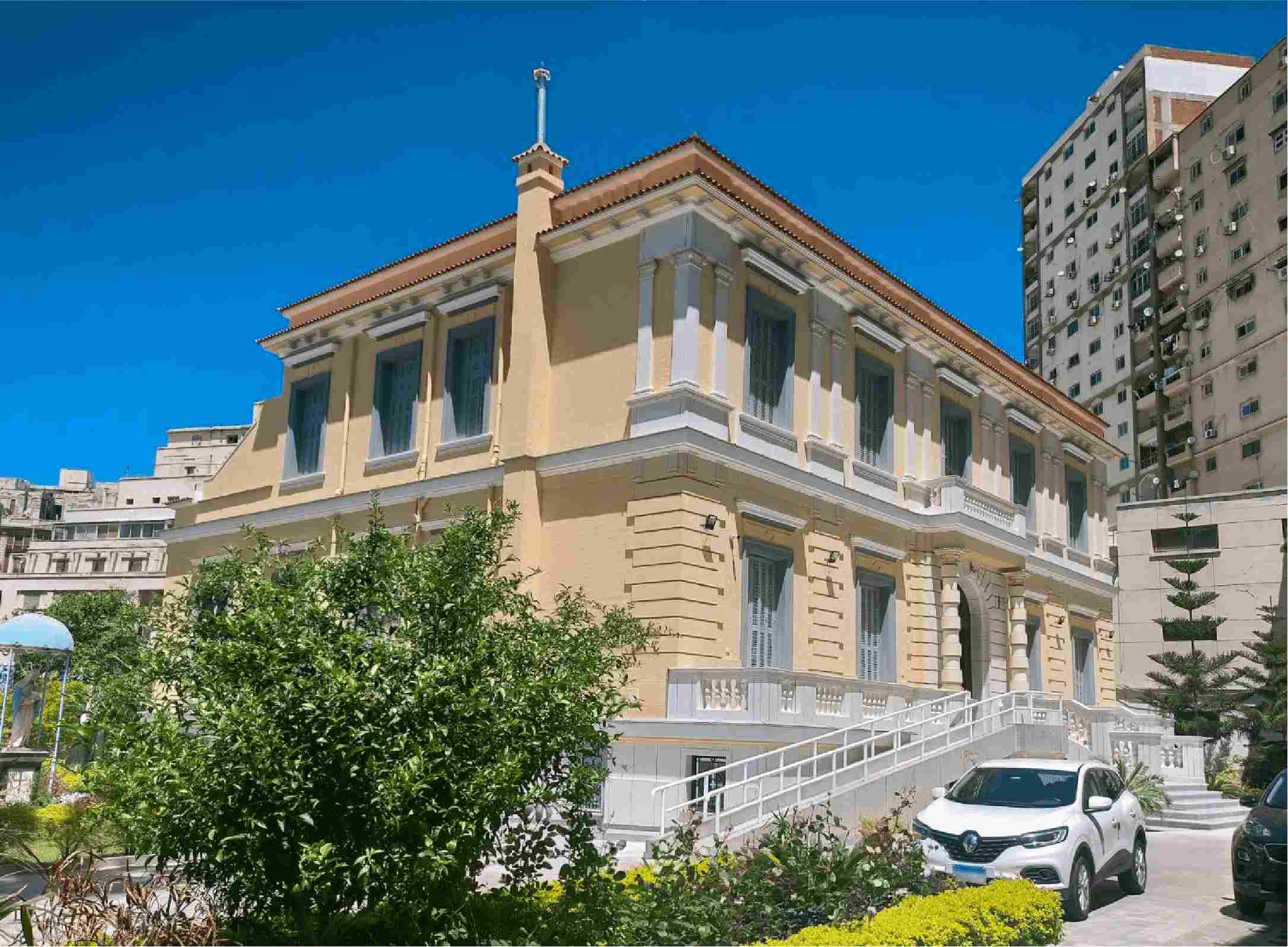
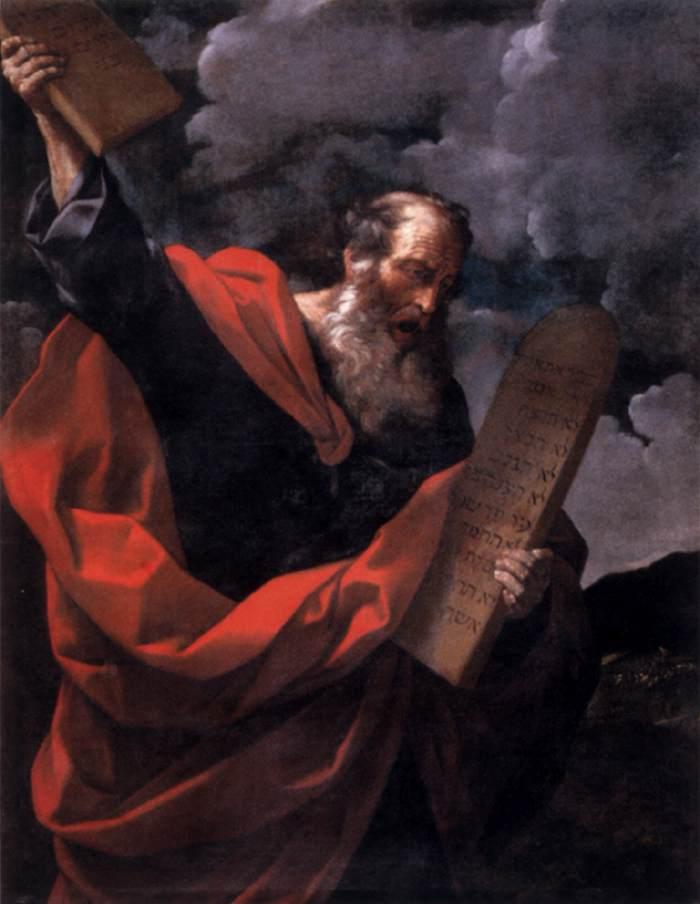
Biblical Journey of Moses
The Apostolic Vicariate of Alexandria has a rich history that dates back to ancient times. Moses, one of the most influential figures in Jewish and Christian history, spent time in Egypt, was raised in the Egyptian Pharaoh’s household and fled to the Sinai peninsula after killing an Egyptian taskmaster.
In the book of Exodus, Moses led the Israelites out of slavery in Egypt and received the Ten Commandments from God on Mount Sinai. As a result of this biblical narrative, Moses is deeply intertwined with the history of Egypt and the Catholic Church’s presence in the region.
Additionally, Alexandria is one of the many cities of Egypt with a rich history of religious and cultural diversity, with Jewish and Christian communities dating back to ancient times. As a result, Moses and his legacy have played an essential role in the region’s history, and his story continues to inspire people of all faiths and backgrounds.
The mission of the Apostolic Vicariate of Alexandria to serve the Latin Catholic community in Egypt is deeply rooted in the Christian faith, which itself is grounded.
Blessed Flight of the Holy Family

A significant event in the history of the Apostolic Vicariate of Alexandria is the Flight of the Holy Family into Egypt. Tradition says that the Holy Family have stayed in Egypt for several years and has visited many of the country’s critical religious sites while receiving hospitality from the Egyptian people. In the Gospel of Matthew (2:13-23), the Holy Family fled to Egypt to escape King Herod’s persecution. Many Catholics in Egypt remember the Holy Family’s journey as essential to the country’s religious heritage.
The Flight of the Holy Family has been a source of inspiration for Christians worldwide and has played a vital role in the history of Christianity in Egypt. Many Roman Catholic churches and religious institutions in Egypt are dedicated to the Holy Family, and the narrative has been celebrated in art, literature, and music for centuries.
For Latin Catholics in Egypt, the Flight of the Holy Family is a powerful symbol of the Church’s presence in the country and its role in protecting and preserving the Christian faith. It is a reminder that, despite the challenges and obstacles the Church has faced over the centuries, it has remained a vital and vibrant part of Egyptian society, providing spiritual guidance, social support, and educational opportunities for generations of believers.
Journey of Faith of St. Francis
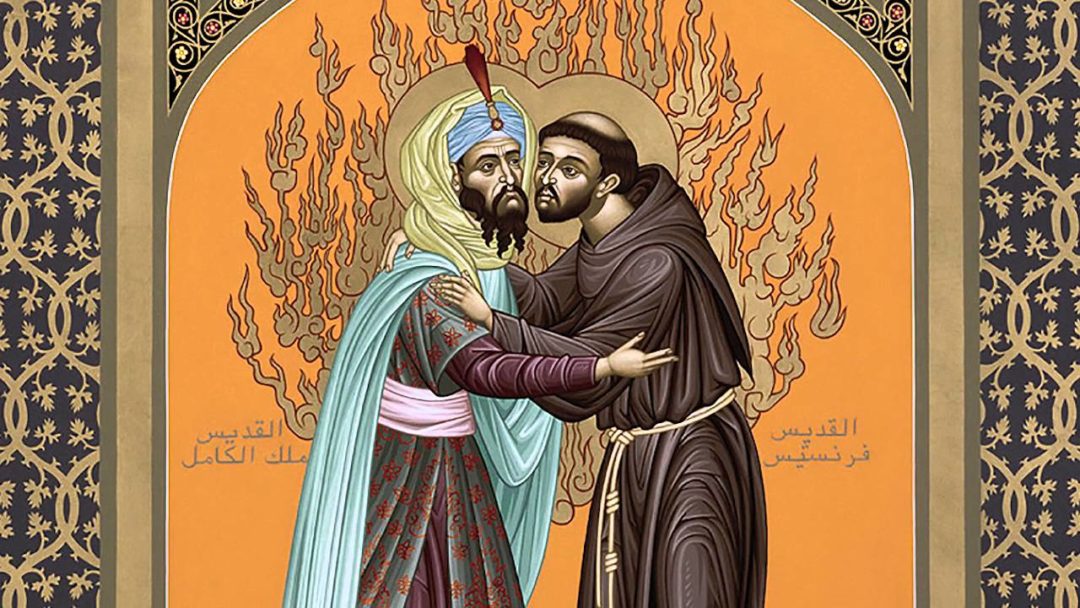
St. Francis of Assisi is one of the most well-known and beloved saints in the Roman Catholic Church, and he is widely recognised for his commitment to poverty, humility, and service to others.
St. Francis deeply respected the Islamic faith and the people of the Middle East. He famously travelled to Damietta, Egypt, in 1219 during the Fifth Crusade to try and negotiate peace between the Christian and Muslim armies with al-Malik al-Kamil, Sultan of Egypt. While he could not broker a formal peace treaty, his efforts are still remembered and celebrated today as a symbol of his commitment to interfaith dialogue and peacebuilding.
Since the 13th century, the Franciscan Order, which St. Francis founded, has had a strong presence in Egypt and continues to work to support the local community through education, healthcare, and social services. The main European trading cities had a presence in Alexandria and Cairo. The Franciscans are also responsible for the care and upkeep of many important historical and religious sites throughout Egypt.
Overall, while St. Francis did not directly contribute to the development or history of the Apostolic Vicariate of Alexandria, his legacy and influence can still be felt in the country today.
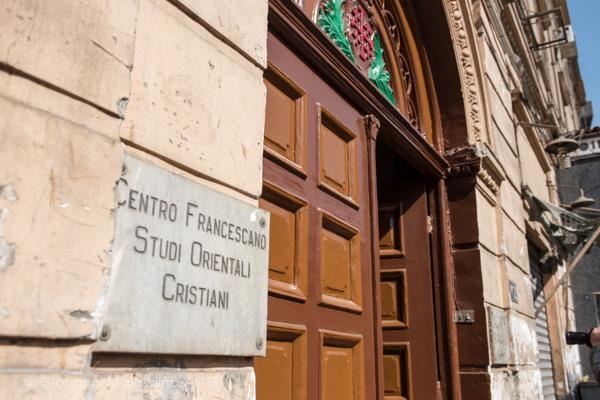
The First Catholics in Egypt
The history of Catholics in Egypt dates back to the early days of Christianity when the country was home to one of the world’s oldest and most vibrant Christian communities. Although not the dominant Christian denomination in Egypt, Catholics have played an essential role in the country’s religious and cultural life.
The Catholic Church first established a presence in Egypt in the 16th century, when Franciscan missionaries arrived and began working to spread the Catholic faith. Baptism and death registers in the archives of the Parish of Moski date back to 1632. Over the centuries, other Roman Catholic orders, such as the Lazarists (1844), the Lasallians (1847) and the Comboni (1867), also established missions in Egypt, building churches, schools, and other institutions to serve the local community needs.
Despite the challenges the Catholic Church faced over the centuries, it has remained a vital and dynamic part of Egyptian society. Several Catholic dioceses exist in Egypt today, including the Apostolic Vicariate of Alexandria.
Our Vicariate, in particular, oversees a network of churches, schools, hospitals, and other institutions that serve Catholics and non-Catholics alike The Apostolic Vicariate of Alexandria and the whole Catholic Church in Egypt have played an essential role in promoting interfaith dialogue and understanding, building bridges of friendship and cooperation with members of other religious communities. They have also promoted social justice and human rights, working to alleviate poverty, provide healthcare, and support vulnerable communities nationwide.
Three Latin Vicariates Reunified
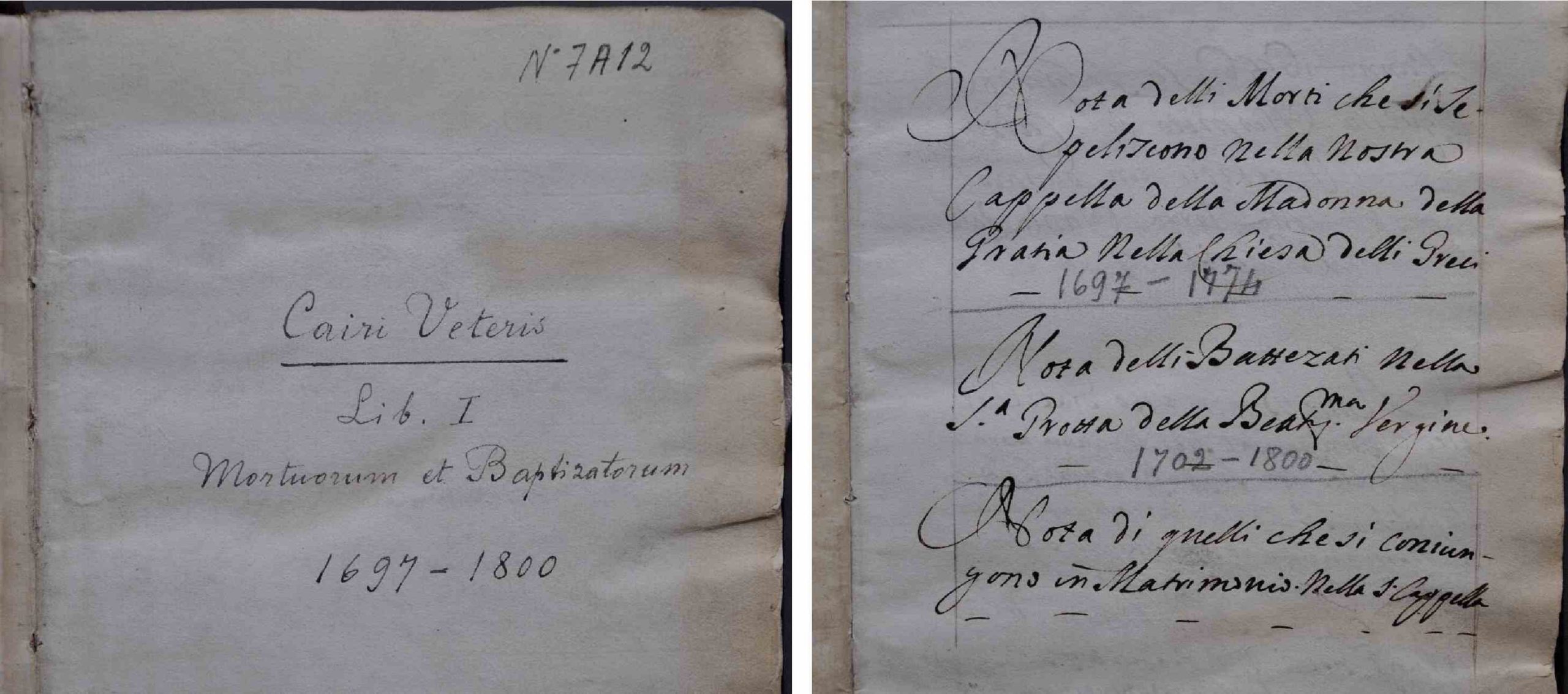
The Apostolic Vicariate of Alexandria was established in 1839 by Pope Gregory XVI, with the whole territory of Egypt under its jurisdiction. It’s worth noting that the Vicariate was also responsible for the Latin Catholic communities in Arabia, Central Africa and Eritrea until separate jurisdictions were established in 1840, 1846 and 1894, respectively. Later, in 1886, the Apostolic Vicariate of Heliopolis was created, covering parts of Cairo and the Nile Delta. It was established to serve the growing Latin Catholic population in Cairo.
In 1926, the Apostolic Vicariate of Port Said was established, covering the Suez Canal Zone and Sinai. It was established to serve the Catholic community in the important city of Port Said and the whole region. In 1987, the three vicariates were reunited to form the current Apostolic Vicariate of Alexandria, with Bishop Egidio Sampieri appointed as its first apostolic vicar. Today, the Vicariate serves the entirety of Egypt and remains committed to promoting the country’s Catholic faith, education, and charitable works.
If establishing three vicariates reflected the diversity of the Latin Catholic community in Egypt, with different nationalities and linguistic groups having distinct communities and churches, reunifying the three vicariates in 1987 was an essential step towards greater unity and cooperation among the whole Latin Catholic community in Egypt. It allowed for a more coordinated approach to serving the spiritual and pastoral needs of Catholics in the country. It helped to strengthen the Church’s witness to the Gospel in a complex and diverse cultural context.
The Apostolic Vicariate Today
The Apostolic Vicariate of Alexandria is home to a number of religious orders and congregations, which has always been one of the essential features of the Latin Catholic Church. Today, there are 33 female institutes and 14 male ones. These religious communities are involved in various ministries throughout the country, including education, pastoral work, healthcare, and social outreach.
In addition to these religious orders, several communities of lay consecrated men and women live and serve under the Vicariate’s leadership. These include members of secular institutes and lay people who have consecrated themselves to God in various ways. The presence of these consecrated individuals is a testament to the rich spiritual life and the vital role that religious and lay communities play in the Catholic Church’s mission in Egypt.
Today, the Apostolic Vicariate of Alexandria is a thriving Catholic community in Egypt. With the presence of these many religious congregations, it oversees various initiatives and projects to serve the community’s spiritual, educational, health, and relief needs, including a new capital church project.
